9 common flower fertilization methods, learn them, even novices can grow flowers that bloom
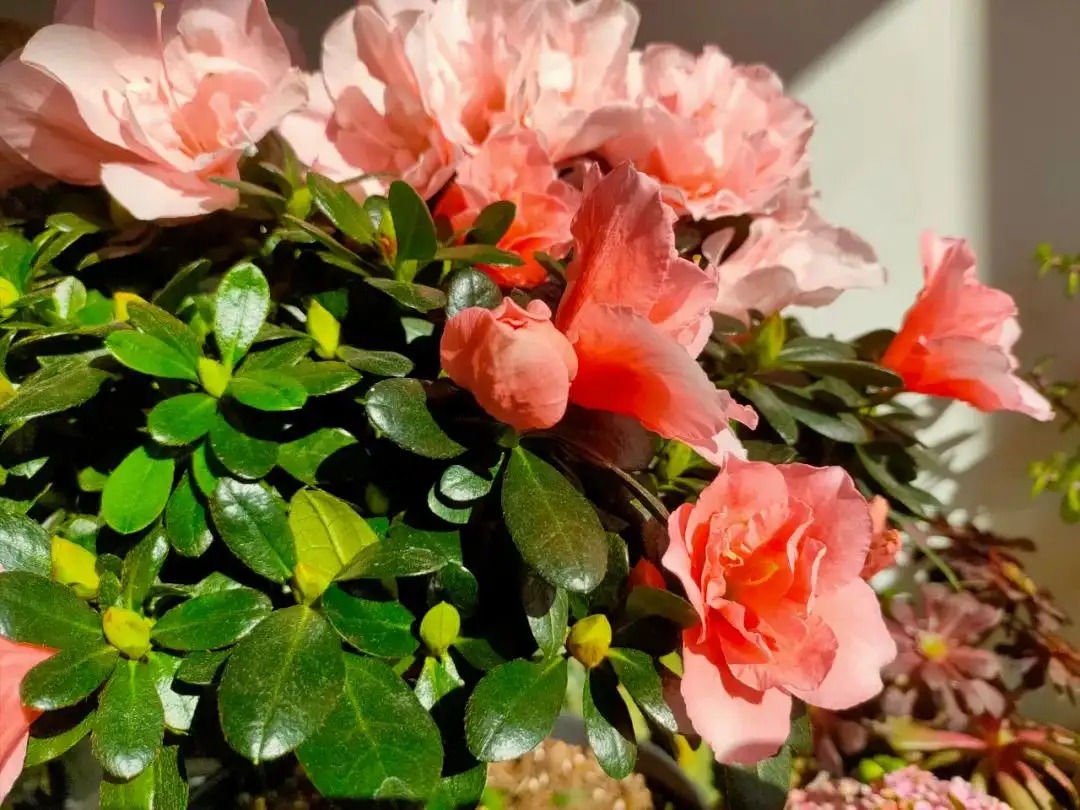
1. Azalea
Azaleas like fertile soil, have many capillary roots, and have a strong ability to absorb water and fertilizer. In the growing season from March to May, it is recommended to fertilize once a week, which will help the growth of branches, leaves and flower buds. But it is worth noting that in the midsummer season from June to August, azaleas will be in a semi-dormant state, and fertilization should be stopped at this time to avoid problems caused by too much fertilizer.
Until late September, when the weather turns cooler, azaleas enter the autumn growth period. You can apply 20% to 30% phosphorus liquid fertilizer every 10 days to promote the growth of flower buds. After October, autumn growth basically stops and no more fertilizer is needed. Of course, in the north, there are indoor heaters, and if the temperature is suitable, you can still apply appropriate fertilizer to promote growth and flowering.
A reminder to novice flower lovers: Azalea prefers slightly acidic soil, so when watering or fertilizing, pay attention to the pH value of the soil and regularly irrigate with ferrous sulfate to avoid alkaline soil that affects the growth of azalea.
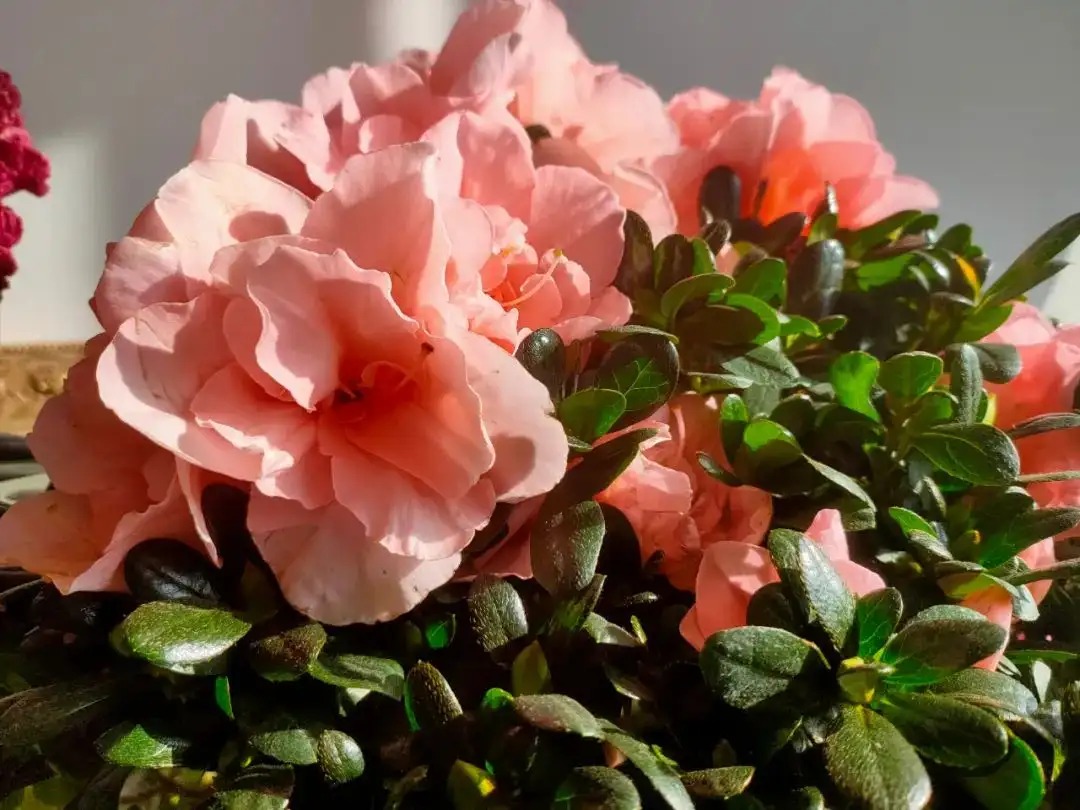
2. Cyclamen
Cyclamen does not like concentrated fertilizers, so you can add some base fertilizers, such as slow-release fertilizers, organic fertilizers, etc., when you repot them every year. During the growth period, you can fertilize with thin fertilizers every 1-2 weeks, but you should stop fertilizing during the high temperatures in summer, especially when cyclamen enters a dormant period, and you should stop fertilizing with less water to avoid affecting the health of the plant.
3. Gardenia
Gardenia likes fertile soil, and organic fertilizer can be applied as base fertilizer when repotting. Thin fertilizers are most suitable during the growth period. Apply thin cake fertilizer water every 10 days or so, and thin ferrous sulfate water every 15 to 20 days to prevent iron deficiency chlorosis of gardenia leaves.
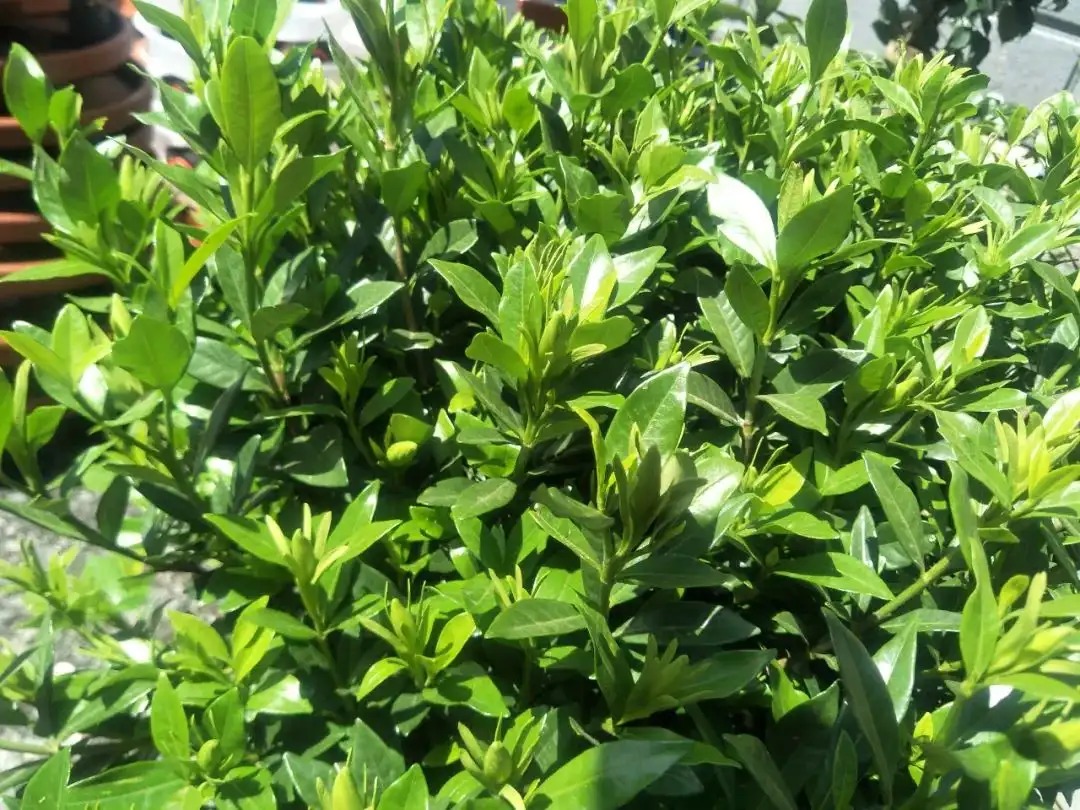
4. Clivia
Clivia likes fertilizer. During the growth period, you can apply thin fertilizer once every half a month. It is best to use fermented cake fertilizer. January is the period when the flower arrows emerge. You can apply liquid fertilizer mainly composed of phosphorus 2 to 3 times to help the flowers grow more and more colorful.
In the summer, when the temperature is high, Clivia basically stops growing, so fertilization should be stopped at this time. In autumn, nitrogen fertilizer is mainly used, which is conducive to the growth of leaves. In addition, potassium dihydrogen phosphate can be diluted 1000 times to spray the leaves, which can promote flower bud differentiation, make the flowers more numerous, larger and brighter, and make the leaves thicker and glossier.
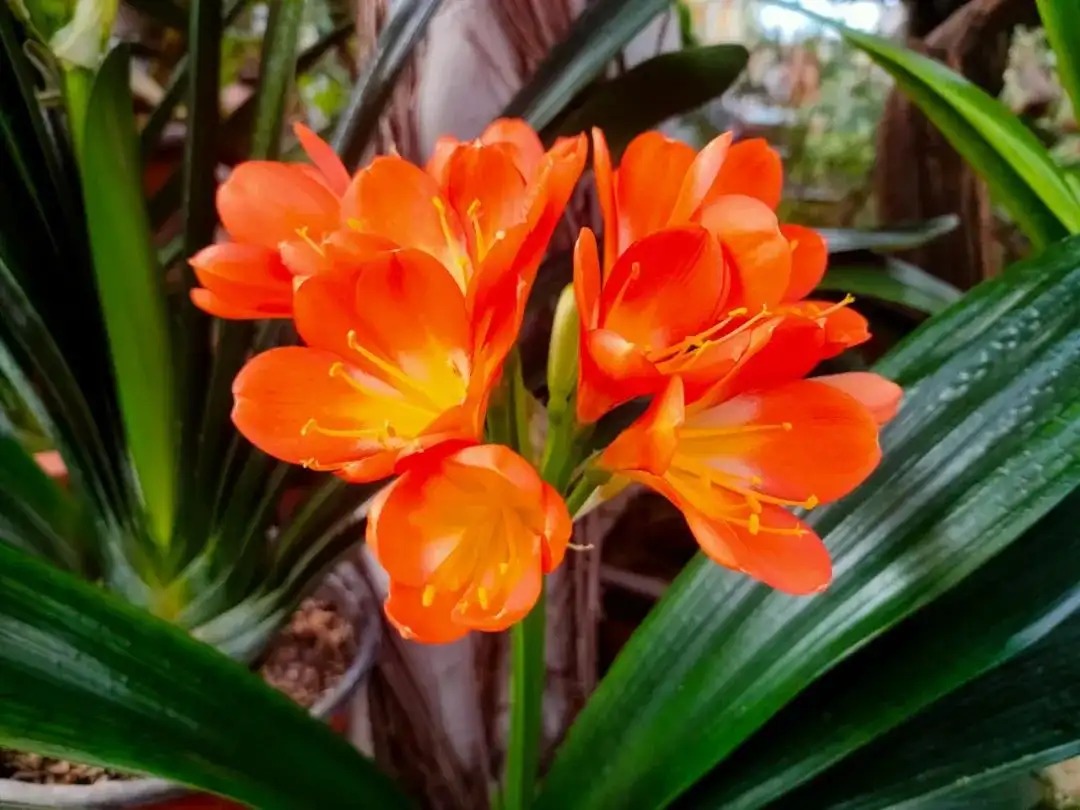
5. Kalanchoe
Kalanchoe is also a fertilizer-loving plant. When the plant is just potted or the propagated seedlings have taken root, you can irrigate it with a thin fertilizer solution mainly composed of nitrogen fertilizer, such as Huaduoduo No. 1, diluted 800-1000 times, to promote the growth of branches and leaves. After pruning the Kalanchoe after flowering, apply nitrogen fertilizer again to help the plant recover. At other times, except for stopping fertilization in summer, you can apply nitrogen, phosphorus and potassium compound fertilizer. When fertilizing, be careful to avoid fertilizer dripping on the leaves to avoid leaf rot.
A reminder to novice flower lovers: Kalanchoe has a long flowering period and needs nutrient support, so you can apply a dilute nitrogen, phosphorus and potassium balanced fertilizer solution once every ten days to half a month, and apply potassium dihydrogen phosphate solution once at intervals. This way, when it blooms later, the flowers will not become smaller or lighter in color due to lack of nutrients, affecting its appearance.
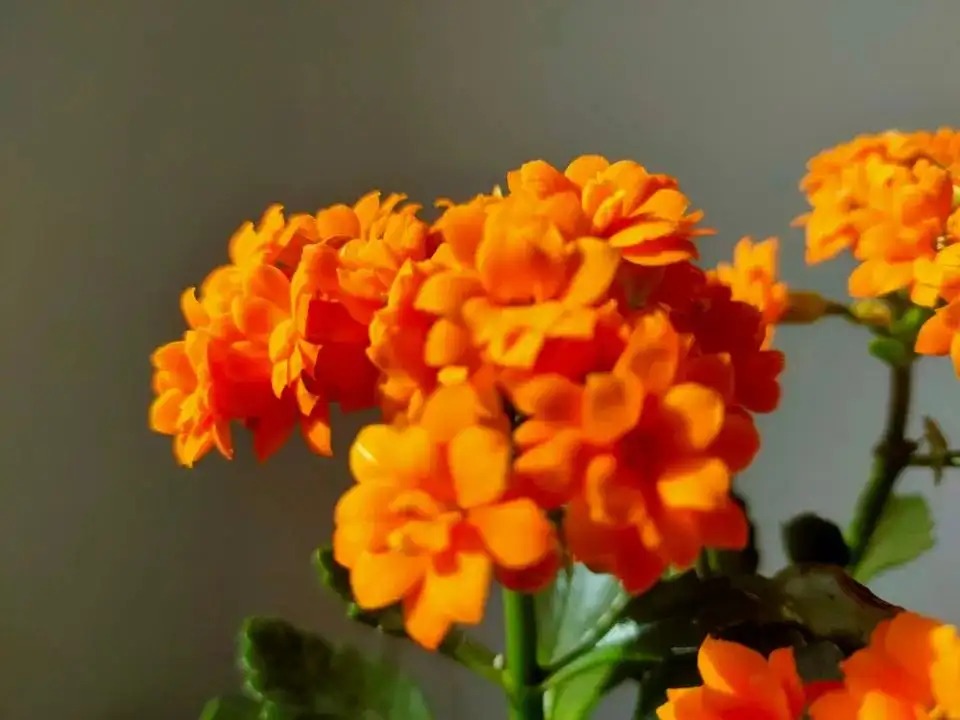
6. Happiness Tree
The lucky tree grows fast, so it is necessary to fertilize it frequently during the growing season. Generally, a balanced fertilizer of nitrogen, phosphorus and potassium is used. You can also use diluted thin fertilizer water instead of water for irrigation, but you must pay attention to the concentration. It is better to be light than concentrated to avoid damaging the root system. Apply quick-acting liquid fertilizer once a month. When the temperature drops slightly in autumn, you can add 1-2 times of potassium dihydrogen phosphate liquid fertilizer to increase the cold resistance of the lucky tree plant and help it survive the winter safely.
A reminder to novice flower lovers: when the temperature in summer is higher than 32℃, or when the temperature in late autumn and early winter is lower than 12℃, the growth of the lucky tree will be slow, and you need to stop fertilizing to avoid fertilizer damage.

7. Hydrangea
Hydrangeas like fertilizers. With sufficient nutrients, hydrangeas will grow very fast. Applying decomposed thin cake fertilizer water once every ten days or half a month during the growth period will help the branches and leaves grow green. After the flower buds appear, you can apply potassium dihydrogen phosphate and other phosphorus fertilizers 1-2 times to make the flowers of hydrangeas large and colorful. When applying cake fertilizer, avoid the high temperature period in summer to avoid causing diseases and insect pests and damaging the root system.
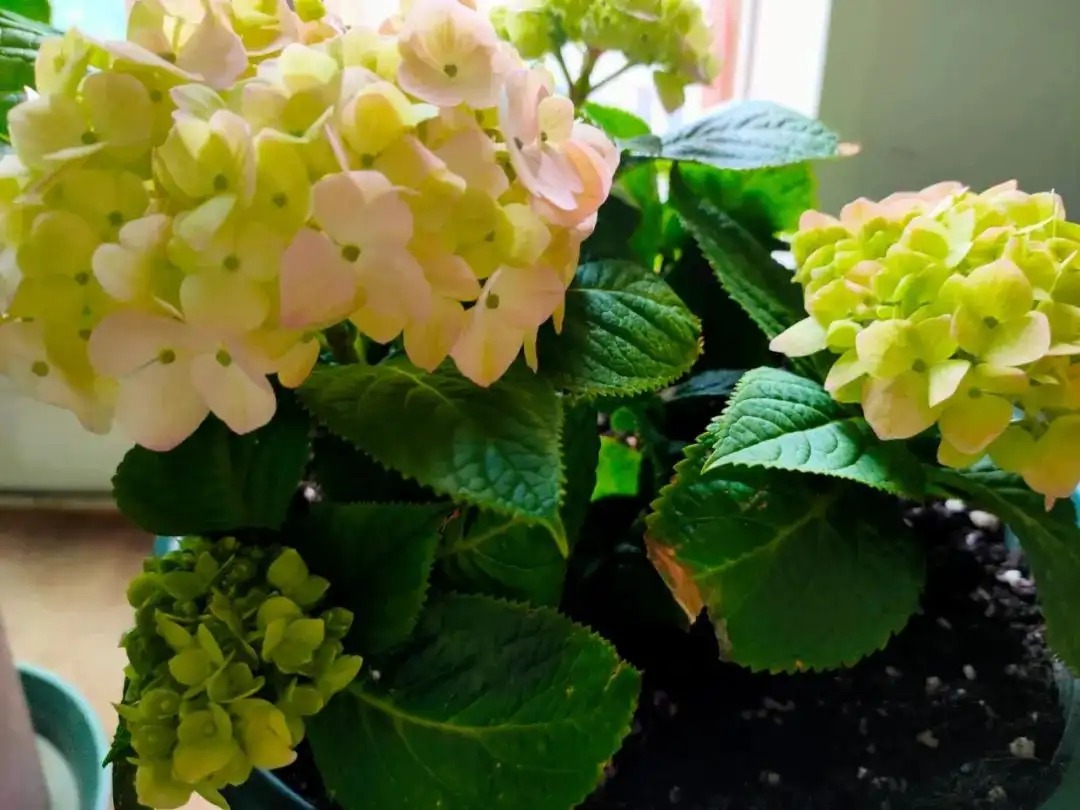
8. Milan
Milan has a large number of flowers and a long flowering period, so nutrients need to be supplemented in time. During the growth season and flowering period, apply liquid fertilizer every 10 days or so to help the growth of branches and leaves. Supplement potassium dihydrogen phosphate every half a month to promote flowering.
A reminder to novice flower lovers: June to October is the peak growth period of Milan, which is also its flowering period. If nutrients cannot keep up, not only will the number of Milan flowers decrease and the amount of flowers become smaller, but the fragrance will also be weaker, and it may also cause buds and flowers to fall off, affecting the viewing experience.
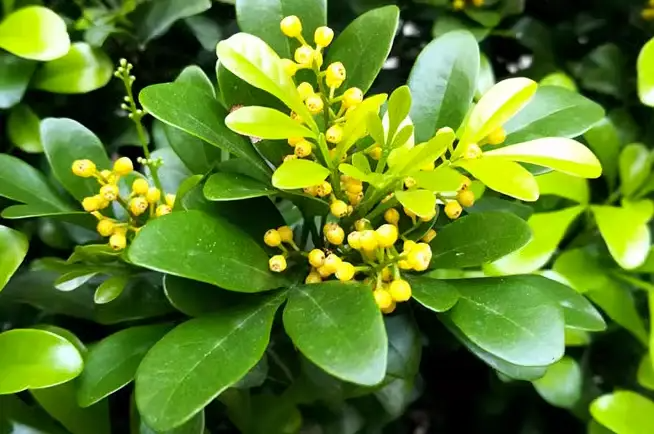
9. Calla Lily
Calla lilies like moist and fertile soil, so reasonable watering and proper fertilization will affect the growth of calla lilies. Basically, fertilizer should be applied once every half a month. When fertilizing, be careful to avoid fertilizer dripping on the leaves. When the buds of calla lilies appear, increase the amount of fertilizer, which can ensure a longer flowering period, larger and more colorful flowers, and keep the buds growing and blooming all year round.
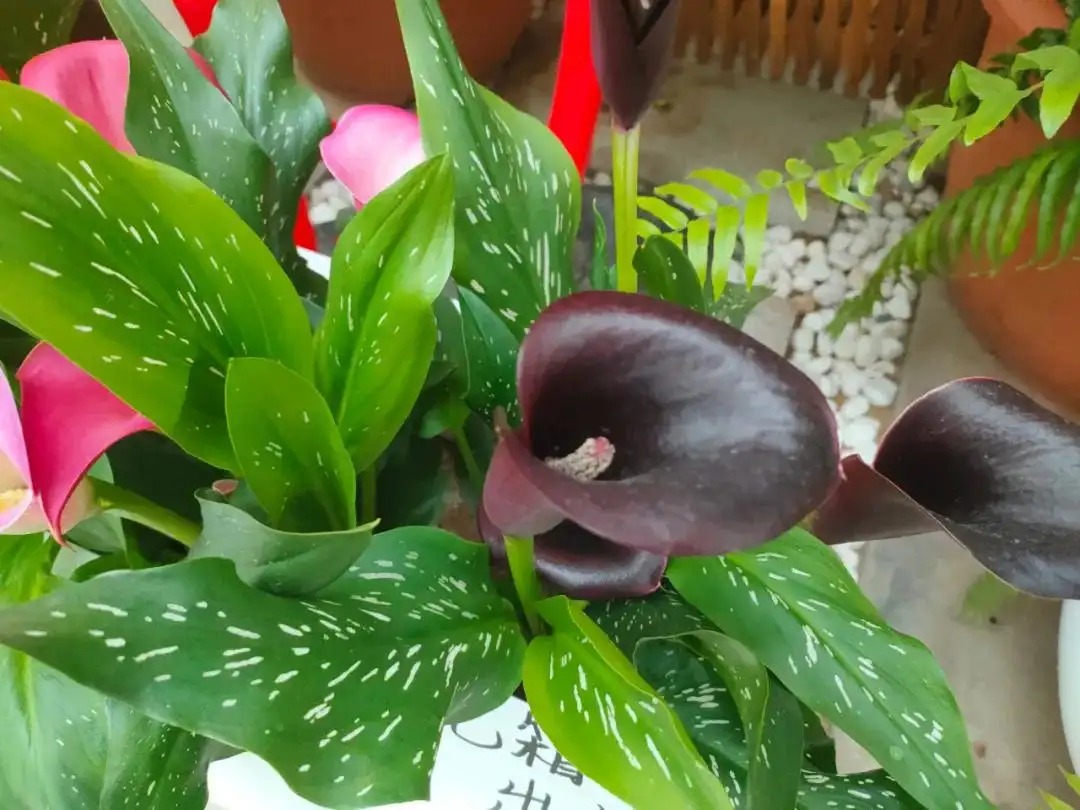
Different flowers and plants have different preferences and needs, but in general, proper fertilization and reasonable maintenance are the key to maintaining the healthy growth of flowers. You can choose organic fertilizer or liquid fertilizer to ensure adequate nutrition, but do not over-fertilize to avoid causing growth problems for flowers.
When applying fertilizer, it is best to avoid direct contact with the leaves to avoid causing leaf rot. At the same time, regularly removing fallen leaves and dead branches and keeping the pot surface clean will help improve air circulation and reduce the occurrence of pests and diseases.
Growing flowers is not only a hobby, but also a kind of enjoyment. If we take good care of these flowers and plants, they will give us back the beautiful sight of blooming flowers and the fragrance of their scent, allowing us to indulge in the sea of flowers and enjoy the beauty that nature brings us.